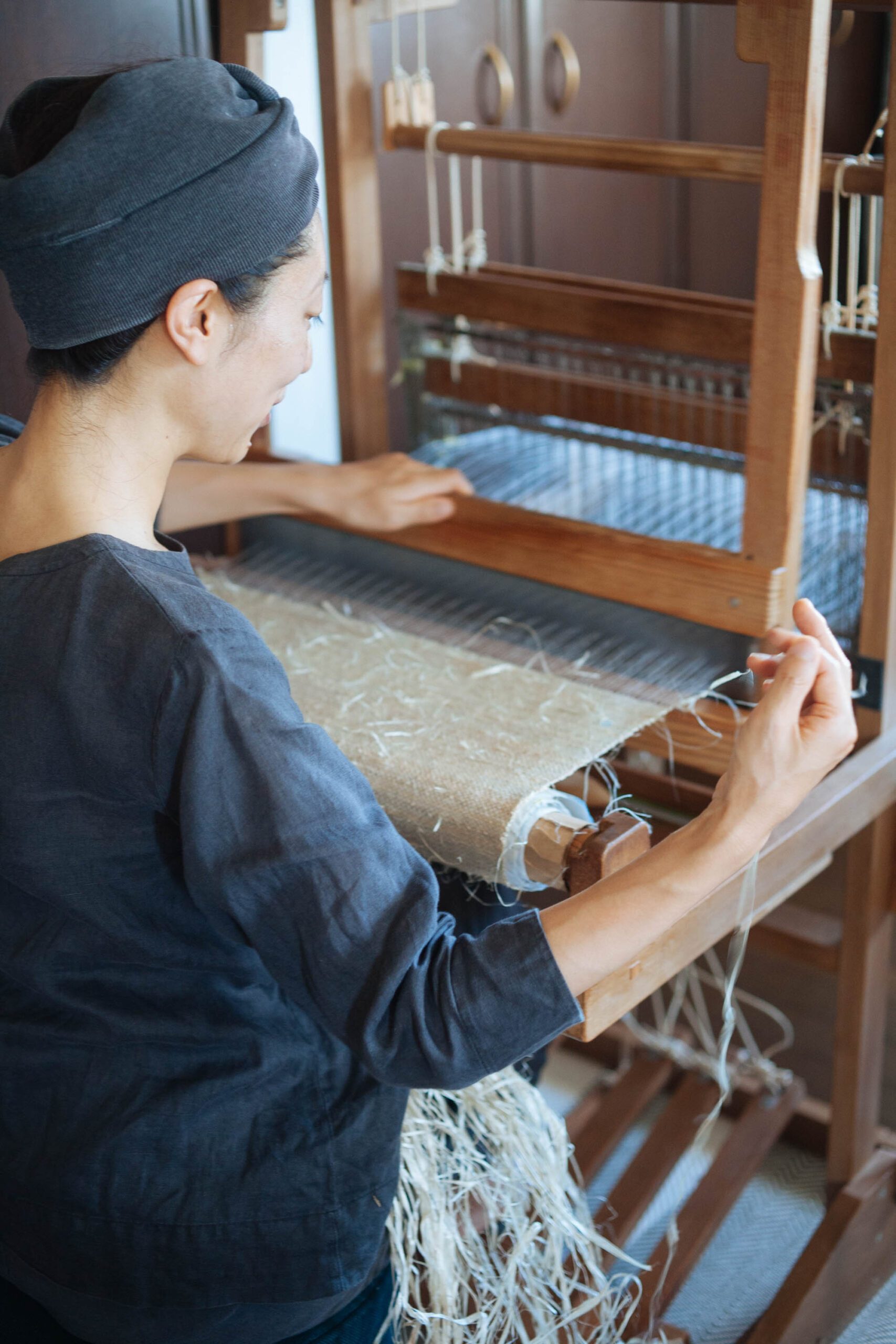Our favorite Tokyo chef returns to Karatsu

My father-in-law Takashi has very specific and very good taste in food. He is what his family members call urusai when it comes to flavor, a word that can mean noisy or fussy. He isn’t fussy in the – I don’t like this or that kind of food – way but rather in the – I don’t eat food that isn’t perfectly delicious – way. And noisy as in when something isn’t to his liking, he’ll tell you so that you can fix it next time. One of his particular peeves is overly sweet food. Here in Kysuhsiu Japanese food is seasoned with a surprising amount of sugar. Long ago Takashi banned sweeteners from his own house which is how Kuniko became so adept at cooking without them and passed on to me such good taste through an understanding of flavor that is savory focused.
Takashi would much rather eat just what he likes at home than suffer through a disappointing meal at a restaurant. And honestly he finds almost all restaurants disappointing. One of very few restaurants he frequented on his regular trips to Tokyo for exhibitions was Robata, an impossible to find tiny establishment accessed down a back alley in Ginza. Everyone in the family came to love Robata and in the last decade Hanako and I also tried to get to Tokyo together at least once a year for a meal. Lunch or dinner there was always so good, so pure, the flavors clear, balanced, and perfect. For me it represented a pinnacle, an inspirational and aspirational expression of the cuisine I love to cook at home.
When I first heard that Robata was closing I was a bit bereft. Where would I go to experience the flavors I’m chasing? But then I heard that the chef, Tsuchiya san was moving here to Karatsu, his wife’s hometown, and that he would occasionally open his home to private dinners. Only one thing could replace eating at Robata in Tokyo and that’s eating his meals here in Karatsu!

Tsuchiya san hadn’t been back long before we attended a dinner at his home in February at the invitation of friends. The evening’s meal featured seri and kamo nabe. Seri is the name java water dropwort or Japanese parsley. Revered for its fresh, herbaceous good taste, it is cultivated for culinary use. But it also grows wild. Tsuchiya san used seri cultivated in Akita in very soft soil that allows the plant’s roots to easily stretch and elongate. He simmered the seri, leaves, stems, and roots along with slices of dark burgundy duck meat in a warm broth for an intoxicating and deeply comforting winter dish. Seri, like parsley, has a distinct and strong flavor. It was my first experience eating the roots. Cooks generally only use the leaves and stems sparingly in soups or as a garnish. But we ate heaps of it in all its parts, simmered and steaming, crispy, earthy, and so delicious.
Only a few days later I was at my local vegetable market and saw a vibrant bunch of seri in a basket, roots and all. The proprietor told me it was locally foraged. Though the roots were not as long and perfect as those of the seri from Akita, they were clean and tan and appetizing.I decided to take it home and try my hand at a version of seri nabe. Alongside some gorgeous shimeji mushrooms and strips of pork from black haired pigs raised in Kumamoto, we simmered the seri, roots and all, in broth. We seasoned it with ponzu made of yuzu, dashi, and soy. And we added nama-shichimi, a course multi-spice blend that has been our go-to condiment this winter. This new combination is a revelation and a welcome addition to the rotation of warm broth meals to make when spring is still teasing from afar.







